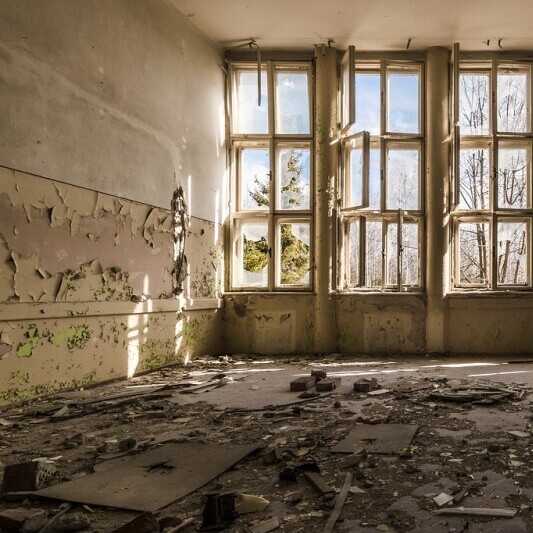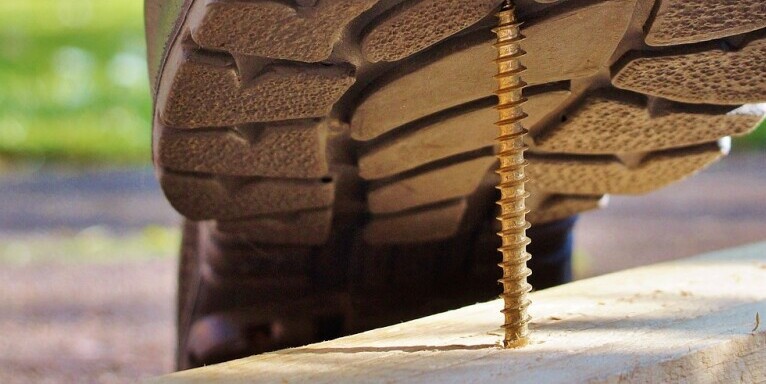Getting Started with Your DIY Home Renovation
Sometimes when we get started on a project it is really easy to over-shoot and stop in the middle of what you are doing and go “I might be in over my head” Lordy knows I have done this to myself a time or three!
To keep things in check, keep yourself semi-sane, and too not completely get yourself overwhelmed it is important to assess the goal of the project and what the project needs to accomplish.
First it is most important to understand what type of time frame you will require to complete the task. This will help with the budget setting as well. Things to keep in mind with time would be:
- Is weather a factor?
- Is dry time/ cure time required for the product I am using?
- Can I balance this task as a weekend project?
- Can I be without a toilet for a full day??
- If I can’t get the project done within a certain time frame what type of chaos will this bring to my life?
- Do I live with other people that this could affect?
Questions like these will help pinpoint the proper time factor and be sure that you are getting the job completed so it doesn’t end up taking over your life and causing too much headache and stress.
Being mindful of the time and conditions required for your project will also help from costly mistakes. Example: If you were to start painting an outside deck and did not check the forecast and it ended up raining and washing away all the paint before it had a chance to dry. You would then need to re-purchase all the product that was washed away. Another example would be if you are working with plumbing and the water to your home is required to be shut off how long can your family wait with out water to the home? Can they go elsewhere for a day, or weekend while the project is completed?
When things take too much time they can also become more costly than anticipated. After the time frame is sorted out be sure to do the research on what your project requires! What type of products would be best for my project, how much of each product will I require will I need extras incase of a mishap? Also this would be the best time to look through your design ideas what has inspired you? Do you want to create your own style? Or stay with what’s new and trendy? These factors will have a great impact on your budget, besure to remember this step while making up the budget.
Sometimes people will have found that the budget has skyrocketed for the project why would something like this happen? One very key thing that some people may overlook when first going over their budget is this simple question “Do I have the proper tools and equipment to complete the task at hand”. Often times we will get to the hardware or craft store and get distracted by all the fancy new tools (especially those power tools! (insert hardy grunts here)). Possibly get the envy bug or just caught up in the latest and greatest new toys. Keep in mind we are on a budget here to fix our home not the toy collection.
When you are ready to start your project it is important to create an clear and concise plan of what and how things need to be accomplished in doing so it will make the job go a lot smoother and it will help avoid any massive mistakes once your half way done. In this step as well you should check into your local bylaws and see if your project requires permits or city/town approvals and get that sort before anything gets started.
OOHH NOOOOO! We were so confidant everything was going smoothly then BAM disaster strikes! This is when it becomes very Important to STOP the project and assess what has happened. Did the dog knock over the paint can all over the new floor? That’s okay a little bit of mopping will clear that up no problem. Are those the baby’s foot prints right on the freshly poured cement? Clean those lil tootsies up! Reminder: cement products can have harmful chemicals that are not the best for baby’s feet and can be harmful to the skin. Okay so most “disasters” can be cleaned up and all is well in the world. The serious things that you want to watch out for and seek immediate professional help would be if you are digging outside and you hit a service line buried in the ground this can be very dangerous I would call the appropriate company and they will have to come out and fix the issue. If you are working with anything electrical and either sparks start flying or something went “BUZZ” and now there is no power, call an electrician. If you are working with plumbing and water sources and all of a sudden you have a new pool where it shouldn’t be call the plumber. You decided to take a wall out and open up “the space” now the ceiling is a little lower than it has been…… Get out of the house and call a carpenter, the entire roof may collapse at that point!
Always keep in mind when you are doing your own DIY’s you have a great knowledge of the skills you yourself possess . A phrase that gets tossed around a lot is “what’s the worse that can happen?” I would encourage you to ACTUALLY RESEARCH what is in fact the worst that CAN happen? Research the knowledge that you require, speak with people who have experience and knowledge in the area in question. If you do not have a person in your life with this knowledge try calling the professionals and especially if you are dealing with anything electrical, plumbing, structural, or digging were there are possible service connections. Some companies will come out and give further advise if you are planning on a big project.
Key Considerations and Challenges in DIY Home Renovations
When we are in the process of our own DYI’s it is very very important to know and understand the structural integrity of what we are doing and knowing when it exceeds our own limitations. Keeping in mind when things are being upgraded in your home the goal is to increase value within that home, whether it’s through the cost increase to the home or the environment that we are attempting to create. We have to be very careful when we decide to take on a task that may be bigger than our own capability. Having a project go wrong or we are not able to complete to a certain standard can actually have the opposite effect of what was intended and can even de-value the home or the worse case is we can cause more damage that will not be covered by insurances and the we are left with a massive mess to try and clean up and pay for.

Did you know within the construction industry workplace related injuries are quite high? With just slightly less than half of all reported injuries being disabliabling. Of course the actual stats will depend on where you live as each country will have their own stats on the matter. These type of stat’s are taken from professional job site and work-places that require their employees to take training on safety precautions and will require different levels of training depending on the type of chemicals they are exposed to what type of environment these people will be in and what type of tools and equipment they will be exposed too. If these type of injury’s happen in a professional environment what does this mean for you? It means to be EXTRA careful. Again the goal is too improve not to mangle and destroy yourself or home!
When working with any time of chemical or paint or anything toxic be sure to wear the proper protective equipment also known as PPE. With chemicals be sure to wear gloves, eyewear, and masks appropriate with the level of toxin you are using. Also check in with your local by-laws on how to discard these types of products. When we are working with power tools be sure to be wearing PPE as well. This will be dependant of the type of tool you are working with, be mindful of gloves while they can be protective they can also become dangerous. If the material on your glove gets caught by any high speed turning element it WILL pull your hand into said element, IE: Spinning saw blades, drilling bits ect. BE CAREFUL!
Don’t forget about your ears! With anything loud make sure you are using ear plugs or noise cancelling ear muffs.
With each product or tool you are working with there will be safety information that you can find either on the labels or some products will have a QR code that will bring up that information. Be sure to read through that information before getting started.
Being a beginner at anything there will be challenges and setbacks while completing a project. This is where our original plan that we set up will come in handy as we may need to adjust as we go along. The first thing to do when something goes wrong is too stop the project and assess any type of damage and see how to move forward from there. Other things that tend to pop up can happen if the product you are currently working with is incorrect or had gone bad (sometimes that can happen.) Then we need to either replace that product, clean up the old stuff and continue on the project. If the product isn’t working like you expected it may be time to research the issue further.
We are going to have days were the things just do not go as planned nothing matches up and all the measurements are wrong and nothing seems to go right. Often the best thing to do at that point is step away and come back at it with fresh eyes and attitude the next day or even in a couple hours allow yourself to breath, relax and try to DIY again!
Of course when stopping anything within the project it is important to make sure that you are not leaving things undone to a point where it will set you back to leave it as is. Make sure the work space is cleaned up and that there is nothing harmful left around. Make sure that if your structural components are not yet completed that there is appropriate bracing still intact.
Keeping a list and a clear concise plan will help pinpoint where to start and keep the project running smoothly.
- A good starting point is to research:
-
- What products are required for my task.
- What tools and equipment do I need for my task?
- Will weather be an concern for the task?
- Do I need to shut of any services IE: power, gas, water, ?
- When making a budget:
-
- Account for tools required
- Account for extra products needed in case of a mis-happ.
- Account for extra accommodations if needed while the reno takes place.
- Account approx an extra 20-30% in case extras are needed.
- Account for time spent on the project.
- Set a start date and an end date.
- Do I require permits or city/town approvals?
- Call before you dig!
- If something goes wrong and you require help have those phone numbers handy!
- Have all the products and equipment required for the project purchased and delivered before starting.
As always have fun and be sure to RESEARCH what is required.
Happy DIY’ing!
